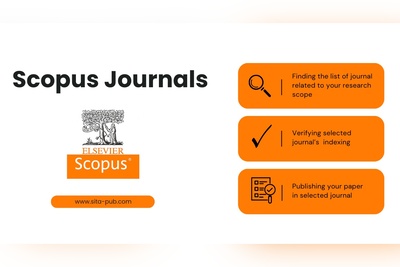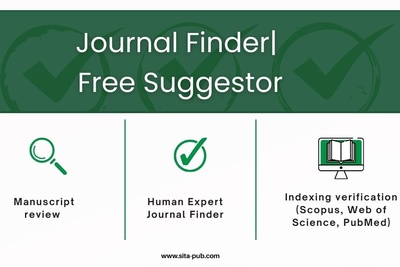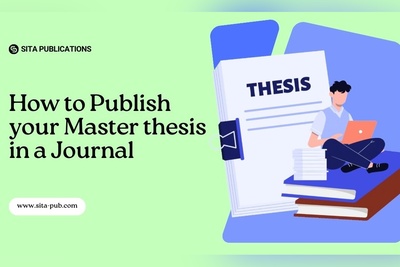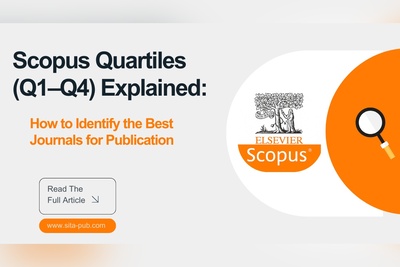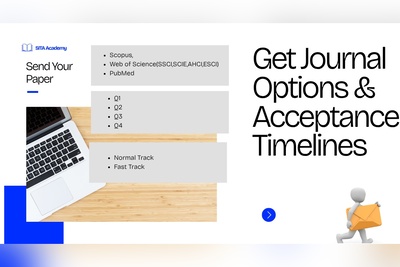What Is an Acceptable Similarity Percentage for Journals?
What is an acceptable similarity percentage for journals? Learn about plagiarism, similarity index tools like Turnitin and iThenticate, acceptable percentages for Scopus and Web of Science journals, and how to reduce your similarity score before submission.
- Understanding the Similarity Index and Plagiarism
- Why Does Similarity Happen? (Practical Reasons)
- What Is an Acceptable Similarity Percentage for Journals?
- How to Reduce the Similarity Index (and Avoid Plagiarism)
- What About Self-Plagiarism?
- Practical Tip: Check Your Paper Before Submission
- Do You Want to Check Your Paper’s Similarity Index?
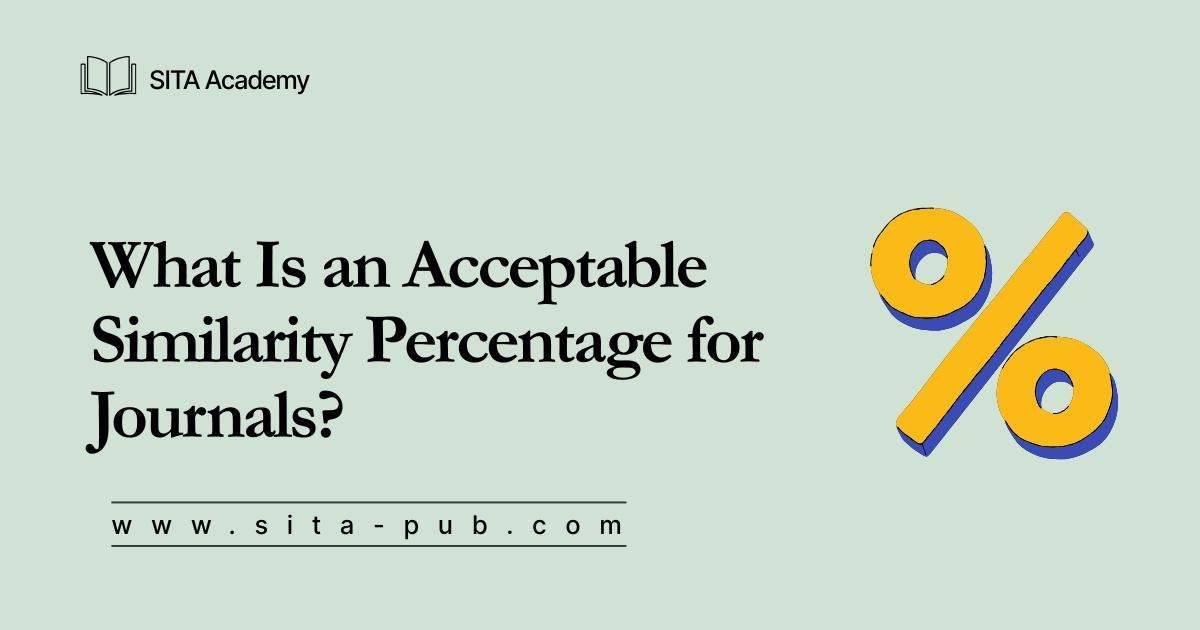
When submitting a research paper to a journal, one of the first things editors and reviewers check is the similarity index — a measure of how much of your text matches previously published work. While some similarity is natural and acceptable, a high percentage can lead to rejection or even accusations of plagiarism.
In this article, we’ll explain what the similarity index really means, why it happens, what is considered acceptable for journals, and how you can reduce it effectively before submission.
Understanding the Similarity Index and Plagiarism

What Is the Similarity Index?
The similarity index (also known as the plagiarism percentage) is the ratio of text in your manuscript that matches existing sources in online databases, journals, books, theses, or websites.
It is generated by plagiarism detection software such as:
Turnitin
Grammarly Premium
Crossref Similarity Check
These tools highlight overlapping text and show the total similarity percentage. However, not all overlaps are considered plagiarism — context matters.
What Is Plagiarism?
Plagiarism occurs when an author uses someone else’s ideas, words, or findings without proper acknowledgment.
This can include:
Copying and pasting text directly from sources
Paraphrasing too closely without citation
Reusing parts of your own previous work (self-plagiarism)
Submitting the same paper to multiple journals
Journals take plagiarism seriously, and even unintentional copying can lead to desk rejection or academic penalties.
Why Does Similarity Happen? (Practical Reasons)
Even honest authors often get similarity reports that look high at first glance. Here are practical reasons why:
Common Terminology
Technical fields often have standard phrases (e.g., “the experiment was conducted under controlled conditions”). These are unavoidable.
Methods and Citations
Descriptions of research methods or standard procedures often overlap with earlier studies.
Quotations and References
If direct quotes or references are included, similarity tools will flag them — even if cited correctly.
reviously Published Thesis or Conference Paper
If your journal paper is based on a thesis uploaded online or a conference paper, the tool may detect those as matches.
Poor Paraphrasing
Sometimes researchers paraphrase sentences by changing only a few words. This still counts as similarity because the structure remains the same.
That’s why understanding acceptable levels and how to reduce similarity before submission is essential.
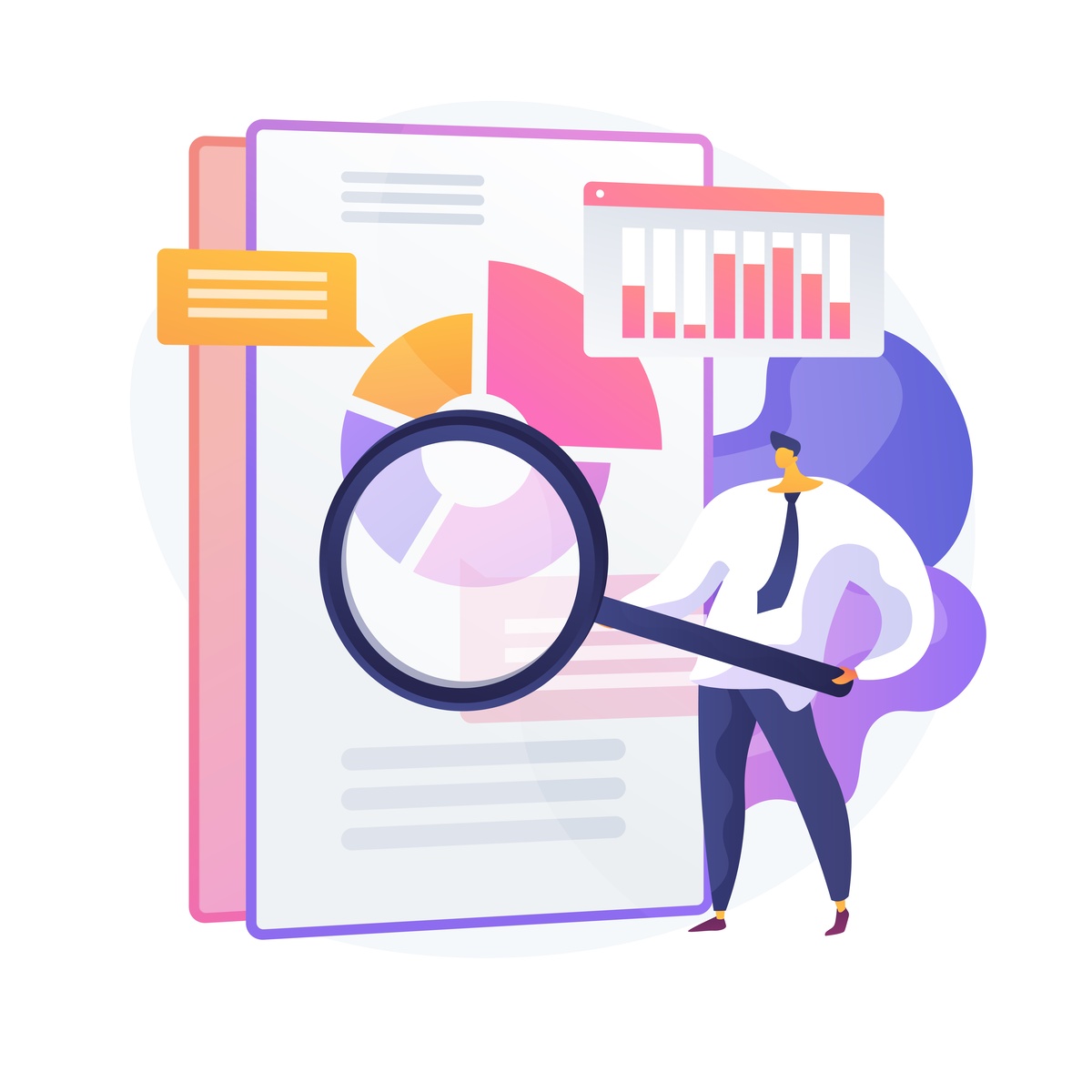
What Is an Acceptable Similarity Percentage for Journals?
The acceptable similarity percentage varies by publisher, journal, and indexing database (Scopus, Web of Science, Springer, Elsevier, IEEE, etc.), but here are general benchmarks:
Similarity Range | Meaning | Typical Decision |
0–10% | Excellent, very low similarity | Fully acceptable |
10–20% | Generally acceptable (if sources are cited) | Usually acceptable after review |
20–30% | Caution zone | Requires revision and paraphrasing |
Above 30% | High similarity | Likely to be rejected |
Publisher-Specific Standards
Elsevier, Springer, Wiley, Taylor & Francis → usually accept below 15–20%
IEEE, MDPI, Hindawi → prefer below 15%
Scopus and Web of Science indexed journals → typically require below 15–18% overall and no single-source match above 5%
Local or regional journals → may allow up to 25%, depending on field and content type
Do All Journals Use the Same Tool?
No. While most reputable publishers use iThenticate (the gold standard), others may use:
Turnitin (common in universities)
Grammarly Business
PlagScan or CrossCheck
However, iThenticate is considered the industry standard for academic publishing, as it integrates directly with the Crossref database and major journal platforms.
How to Reduce the Similarity Index (and Avoid Plagiarism)
Reducing the similarity index doesn’t mean just changing words — it’s about expressing ideas in your own academic voice. Here’s how to do it effectively:
1. Paraphrase Properly
Read the source, understand it fully, then write the idea in your own words.
Avoid simply replacing words with synonyms — rewrite the sentence structure.
Example:
The research was conducted to analyze the effect of temperature on growth.
This study investigated how variations in temperature influence developmental rates.
2. Cite All Sources Correctly
Always include proper citations for all ideas, figures, and sentences derived from other works.
Use consistent referencing styles (APA, MLA, IEEE, etc.).
3. Avoid Copying Method Sections Verbatim
Even if methods are standard, try summarizing them concisely in your own phrasing.
Example: Instead of repeating “Samples were incubated at 37°C for 24 hours” multiple times, vary the sentence like:
“Incubation occurred under controlled temperature (37°C) for a 24-hour period.”
4. Recheck After Paraphrasing
Always re-run your paper through a plagiarism checker after making edits.
Sometimes fixing one section can accidentally increase similarity elsewhere.
5. Avoid Using AI-Generated Text Without Checking
While AI tools can help you write, they sometimes reuse phrasing from online materials. Always verify the similarity index before submission.
6. Remove Long Quotations and Replace with Summaries
Long direct quotes add to similarity. Replace them with summarized or paraphrased statements where possible.
What About Self-Plagiarism?
If your new paper includes material from your previously published thesis or conference paper, it will likely show high similarity. Journals consider this self-plagiarism unless it’s clearly cited.
To avoid issues:
Cite your previous work properly.
Modify and condense reused sections.
Inform the editor in your cover letter if any part is based on prior work.
Practical Tip: Check Your Paper Before Submission
Many authors find out their similarity index only after submission, which is too late. It’s smarter to check beforehand.
At SITA Academy, we provide:
Professional Similarity Check Reports using iThenticate
Detailed breakdowns of sources and percentage
Paraphrasing and rewriting services to reduce similarity to your target journal’s level
Guidance on how to align your paper with Scopus or Web of Science journal standards

Do You Want to Check Your Paper’s Similarity Index?
Before you risk rejection due to high similarity, send your paper to us.
We’ll run it through iThenticate or Turnitin
Provide a full similarity report
Suggest which parts need paraphrasing
Offer professional rewriting to meet your target journal’s standards
Send your manuscript today, and get your similarity report within 24 hours.
Verified Contact Channels
If you have any questions, inquiries, or would like to learn more about our services, please don't hesitate to reach out to us. Our dedicated team is ready to assist you.







